If you're a beginner cook wondering which herbs actually matter for everyday cooking, this guide delivers exactly what you need: a no-fluff list of 10 essential herbs with precise usage instructions. Forget confusing chemistry terms - we'll show you exactly which herbs to buy, how much to use, and when to add them for restaurant-quality results in 5 minutes or less. Based on culinary school fundamentals and professional chef practices, these practical guidelines solve the #1 problem beginner cooks face: inconsistent flavor results.
Table of Contents
- 1. Basil – When to Use It (and When to Skip)
- 2. Parsley – The Secret to Restaurant-Style Finishing
- 3. Thyme – Your Slow-Cooking Essential
- 4. Rosemary – Perfect Pairings for Beginners
- 5. Cilantro – How to Use It Right (Even If You Hate It)
- 6. Oregano – The Only Dried Herb You Need
- 7. Mint – Beyond Desserts and Drinks
- 8. Sage – Simple Swaps for Beginners
- 9. Dill – The Seafood Specialist
- 10. Chives – Instant Flavor Upgrade
- Conclusion: Your Herb Starter Kit
- Frequently Asked Questions
1. Basil – When to Use It (and When to Skip)
Basil shines in fresh applications but loses flavor when cooked too long. Sweet basil works best for Italian dishes while Thai basil brings heat to Asian recipes.

- Best For: Tomato dishes, fresh salads, pesto
- Avoid In: Long-cooked sauces (use oregano instead)
- Practical Tip: Add 1 tablespoon chopped fresh basil per serving at the very end of cooking - never before. For pesto, use 2 cups basil with 1/3 cup pine nuts for perfect balance.
- Beginner Hack: Freeze whole leaves in olive oil cubes for instant flavor when needed.
2. Parsley – The Secret to Restaurant-Style Finishing
Flat-leaf parsley delivers real flavor while curly parsley works best as garnish. This isn't just decoration - it's the final flavor touch professional chefs use.

- Best For: Finishing meats, soups, sauces
- Avoid In: As primary herb in cooked dishes
- Practical Tip: Stir in 1 teaspoon finely chopped flat-leaf parsley per serving right before plating. For pan sauces, add after removing meat from heat.
- Beginner Hack: Store like flowers in water at room temperature for up to 2 weeks.
3. Thyme – Your Slow-Cooking Essential
Thyme withstands long cooking times better than most herbs, making it perfect for stews and braises where flavor development matters.
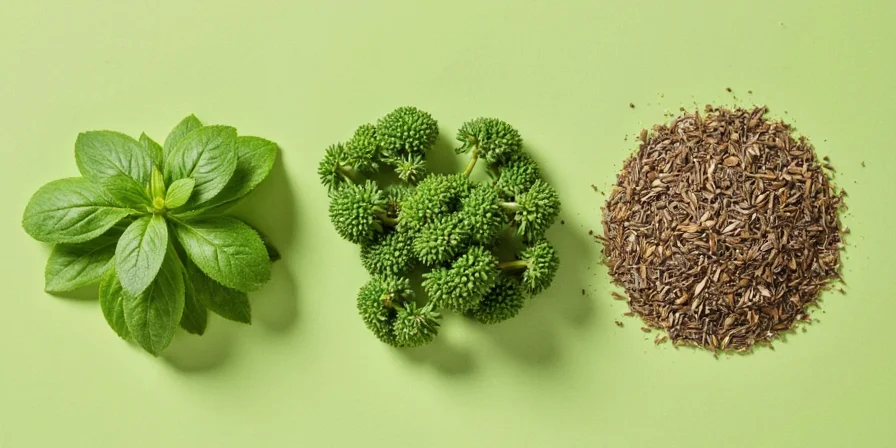
- Best For: Roasts, stews, braised dishes
- Avoid In: Quick-cooking dishes
- Practical Tip: Add 3-4 whole sprigs per pound of meat at the start of cooking. Remove before serving. For ground dishes, use 1/2 teaspoon dried thyme per serving.
- Beginner Hack: Strip leaves by sliding fingers down stem - no knife needed.
4. Rosemary – Perfect Pairings for Beginners
Rosemary's strong flavor works best with hearty ingredients. It's surprisingly versatile when used correctly - not just for potatoes!
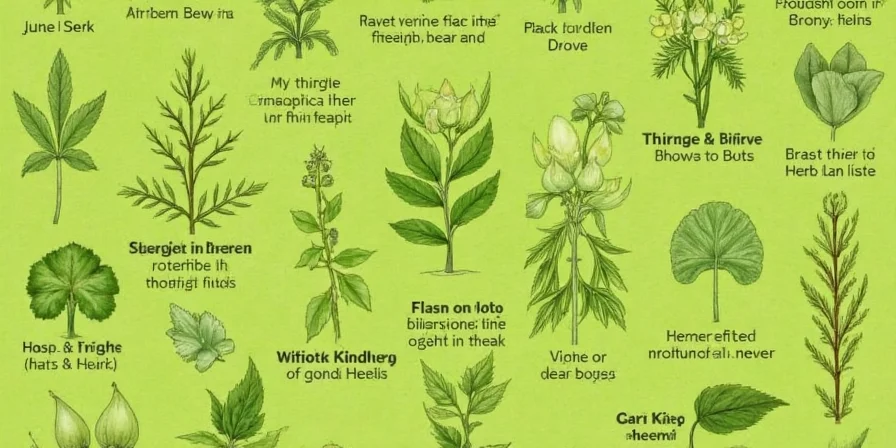
- Best For: Roasted vegetables, lamb, focaccia
- Avoid In: Delicate fish or light sauces
- Practical Tip: Use 1 teaspoon finely chopped rosemary per pound of meat. For roasted potatoes, add 2 sprigs to oil before roasting. Always crush between fingers to release oils.
- Beginner Hack: Plant in a pot on your windowsill - it grows easily indoors.
5. Cilantro – How to Use It Right (Even If You Hate It)
If cilantro tastes like soap to you (genetic trait), these workarounds deliver similar freshness without the soapy note.
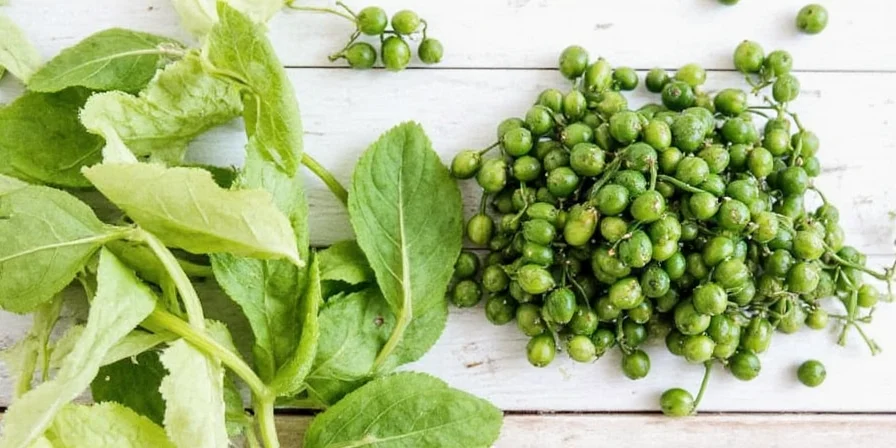
- Best For: Salsas, Asian dishes, fresh garnishes
- Avoid In: Cooked dishes (loses flavor)
- Practical Tip: Add 2 tablespoons chopped cilantro per serving at the very end. For salsas, use equal parts cilantro to tomatoes. If you hate it, substitute with flat-leaf parsley plus a squeeze of lime.
- Beginner Hack: Freeze whole bunches in freezer bags - works perfectly for cooked dishes.
6. Oregano – The Only Dried Herb You Need
Dried oregano outperforms fresh in most applications - a rare exception to the fresh-herbs-are-better rule.
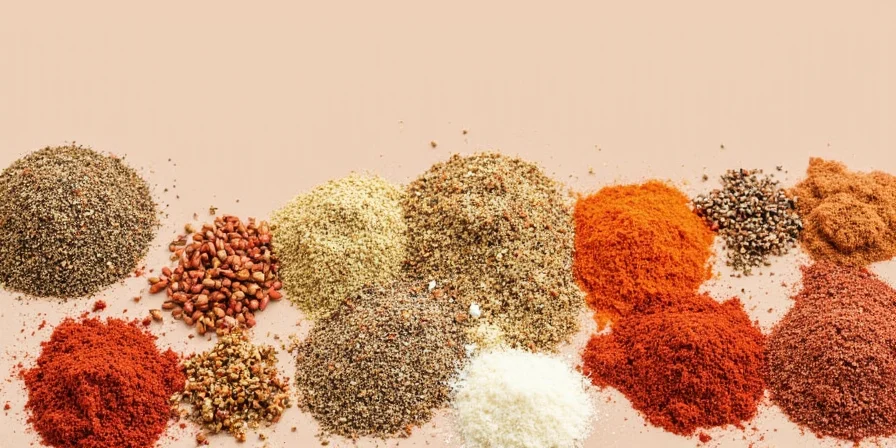
- Best For: Tomato sauces, pizza, Mediterranean dishes
- Avoid In: As fresh garnish
- Practical Tip: Use 1/2 teaspoon dried oregano per cup of sauce. Add at the beginning of cooking to let flavors develop. Never substitute fresh oregano 1:1 for dried - use 3 times more fresh.
- Beginner Hack: Rub dried oregano between palms before adding to release maximum flavor.
7. Mint – Beyond Desserts and Drinks
Mint's cooling effect makes it perfect for balancing rich or spicy dishes - not just for after-dinner treats.
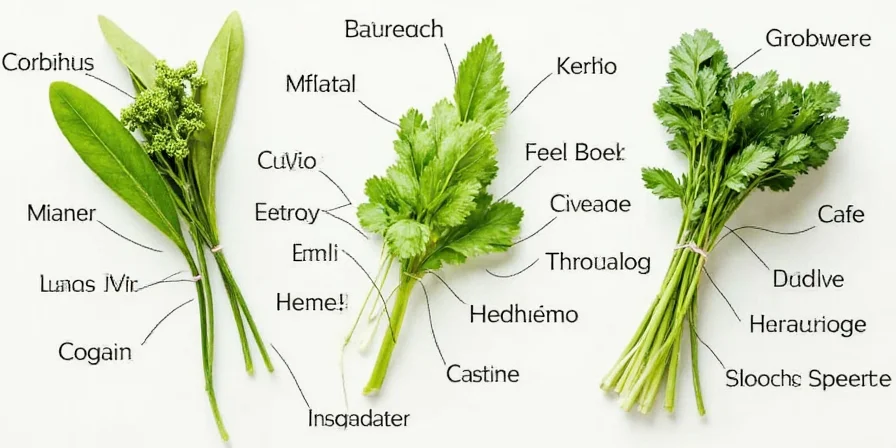
- Best For: Lamb, peas, tzatziki, spicy dishes
- Avoid In: Hearty meat stews
- Practical Tip: Use 1 tablespoon chopped mint per serving in savory dishes. For tzatziki, combine 1/4 cup mint with 1 cup yogurt. Tear leaves instead of chopping for best flavor release.
- Beginner Hack: Plant mint in a container - it spreads aggressively in garden beds.
8. Sage – Simple Swaps for Beginners
Sage's strong flavor requires careful handling but delivers amazing results with minimal effort when used correctly.
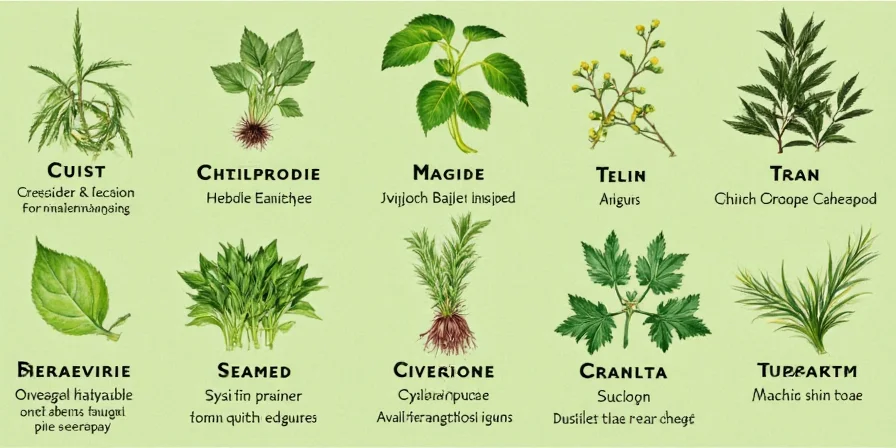
- Best For: Pork, butter sauces, Thanksgiving stuffing
- Avoid In: Delicate dishes
- Practical Tip: Fry 4-5 leaves in butter until crisp for instant sauce. Use 4 leaves per serving for pork dishes. For stuffing, use 1 tablespoon chopped fresh sage per cup of bread cubes.
- Beginner Hack: Frozen sage works almost as well as fresh - no need to thaw.
9. Dill – The Seafood Specialist
Dill's unique flavor profile makes it indispensable for fish and pickling - but it works in surprising places too.
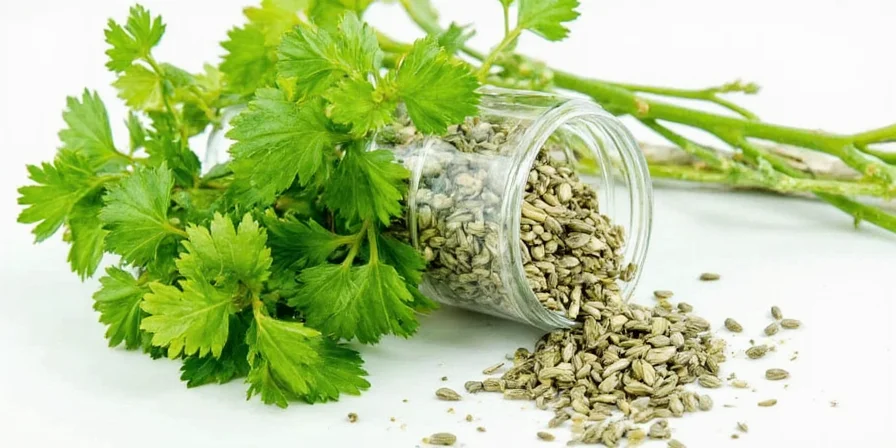
- Best For: Salmon, potatoes, pickles, creamy sauces
- Avoid In: Hearty meat dishes
- Practical Tip: Use 1 tablespoon fresh dill per pound of fish. For tzatziki, use 2 tablespoons per cup of yogurt. Add fresh dill at the very end of cooking to preserve flavor.
- Beginner Hack: Dill seed works in pickling when fresh dill isn't available (use 1 teaspoon seed per quart).
10. Chives – Instant Flavor Upgrade
Chives deliver mild onion flavor without the bite - perfect for finishing dishes where strong onion would overpower.
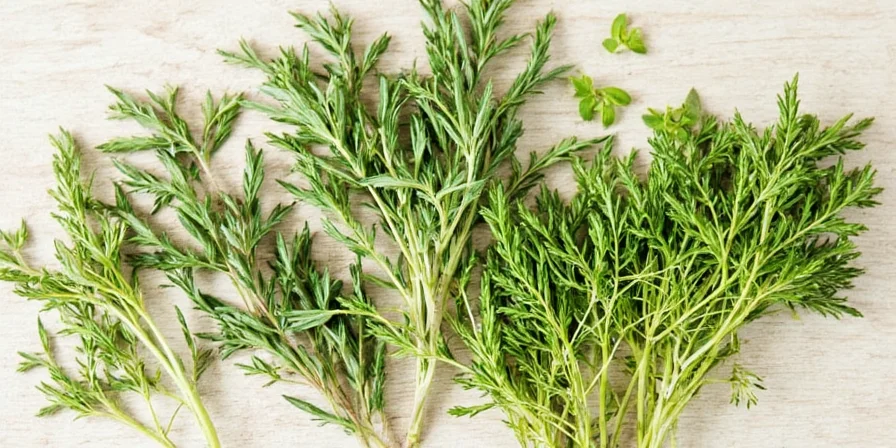
- Best For: Eggs, potatoes, cream sauces, salads
- Avoid In: Long-cooked dishes
- Practical Tip: Snip with scissors directly into dish using kitchen shears. Use 1 tablespoon per serving for eggs or potatoes. Never cook chives - always add at the end.
- Beginner Hack: Freeze chopped chives in oil cubes for instant flavor in cooked dishes.
Herb Usage Cheat Sheet: When to Use Which Herb
| Herb | Best Dishes | Amount Per Serving | Critical Timing |
|---|---|---|---|
| Basil | Tomato dishes, pesto | 1 tbsp fresh | End of cooking |
| Parsley | Finishing meats, soups | 1 tsp chopped | Before plating |
| Thyme | Braises, roasts | 3-4 sprigs/lb | Start of cooking |
| Rosemary | Potatoes, lamb | 1 tsp chopped | Middle of cooking |
| Cilantro | Salsas, Asian dishes | 2 tbsp chopped | End of cooking |
| Oregano | Tomato sauces, pizza | 1/2 tsp dried | Start of cooking |
| Mint | Lamb, peas, tzatziki | 1 tbsp chopped | End of cooking |
| Sage | Pork, butter sauces | 4 leaves | Middle of cooking |
| Dill | Salmon, potatoes | 1 tbsp fresh | End of cooking |
| Chives | Eggs, potatoes | 1 tbsp snipped | Before serving |
Conclusion: Your Herb Starter Kit
Start with just five herbs to master: basil, parsley, thyme, oregano, and chives. These cover 90% of everyday cooking needs and work in most cuisines. Buy small quantities fresh (never dried for these) and store properly using the methods described. Use the cheat sheet above for exact measurements - this eliminates the guesswork that causes inconsistent results. Within two weeks of following these precise guidelines, you'll notice dramatic improvements in your cooking confidence and results. The key isn't knowing dozens of herbs - it's using a few perfectly.
Remember: Great cooking comes from proper herb usage, not expensive ingredients. Stick to these fundamentals and you'll create consistently delicious meals that impress family and friends without professional training or special equipment.
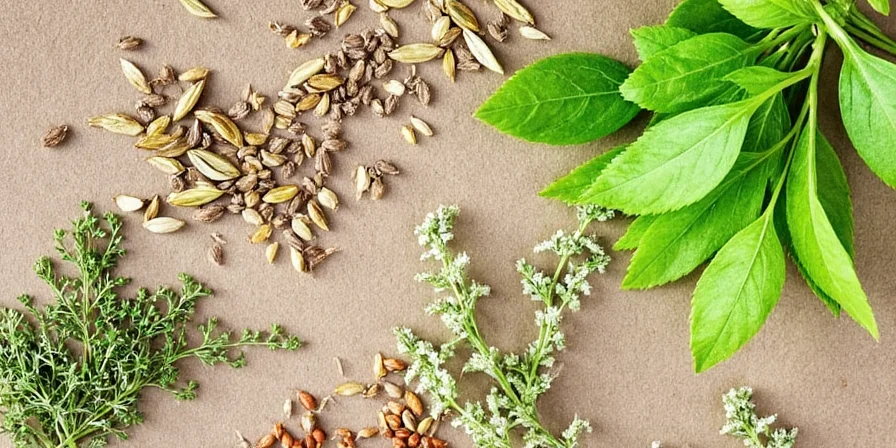
Frequently Asked Questions
Which 3 herbs should I buy first as a beginner?
Start with parsley (flat-leaf), basil, and chives. These three cover salads, tomato dishes, eggs, potatoes, and finishing touches for most meals. Buy small amounts (1 small bunch each) and use within 5 days for best flavor. This starter kit costs under $5 and works for 80% of beginner cooking needs.
How do I know when herbs have gone bad?
Fresh herbs should be crisp and vibrant. Discard when: basil turns black, parsley gets slimy, or any herb loses its aroma when rubbed between fingers. Properly stored, most herbs last 7-10 days. Dried herbs lose potency after 6 months - if they don't smell strong when opened, replace them.
What's the most common beginner herb mistake?
Adding delicate herbs (basil, cilantro, chives) too early in cooking. These lose flavor when heated more than 2 minutes. Always add at the very end - even when recipes don't specify. This single change dramatically improves flavor in 95% of beginner cooking mistakes.
Can I substitute dried herbs for fresh?
Yes, but only for oregano and thyme. Use 1/3 the amount of dried herbs (1 tsp dried = 1 tbsp fresh). Never substitute dried for basil, cilantro, mint, or chives - they lose essential oils during drying. For these, frozen works better than dried.
How much herb should I use in a recipe?
Follow this simple rule: 1 tablespoon fresh herbs per serving for strong herbs (rosemary, oregano), 2 tablespoons for mild herbs (basil, parsley). For dried herbs, use 1/3 that amount. When in doubt, start with less - you can always add more but can't remove excess.

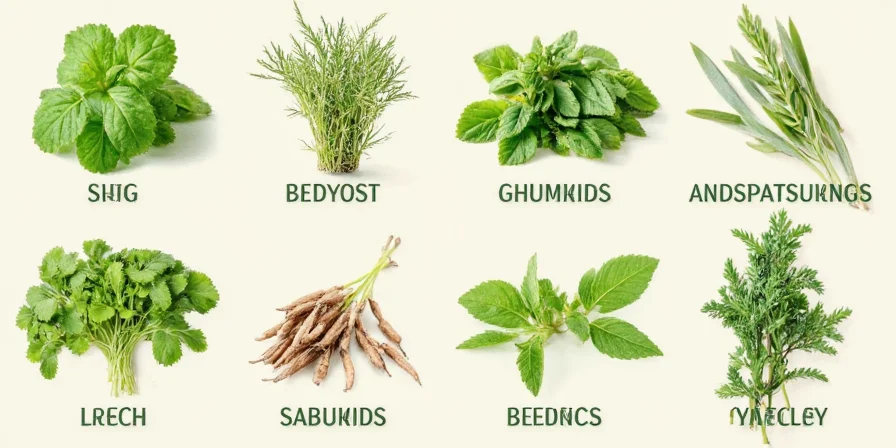









 浙公网安备
33010002000092号
浙公网安备
33010002000092号 浙B2-20120091-4
浙B2-20120091-4